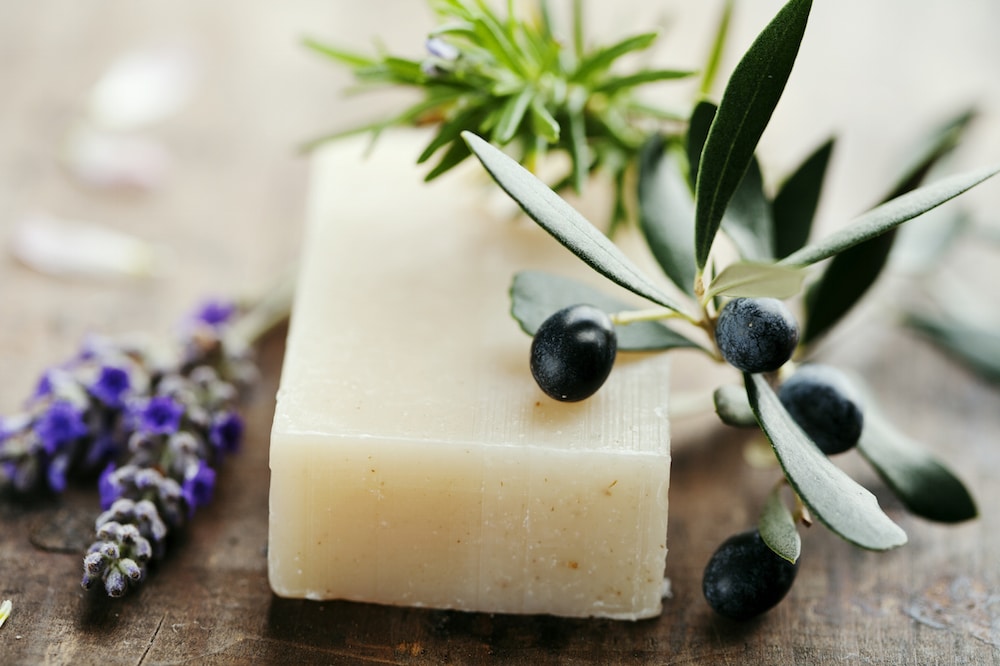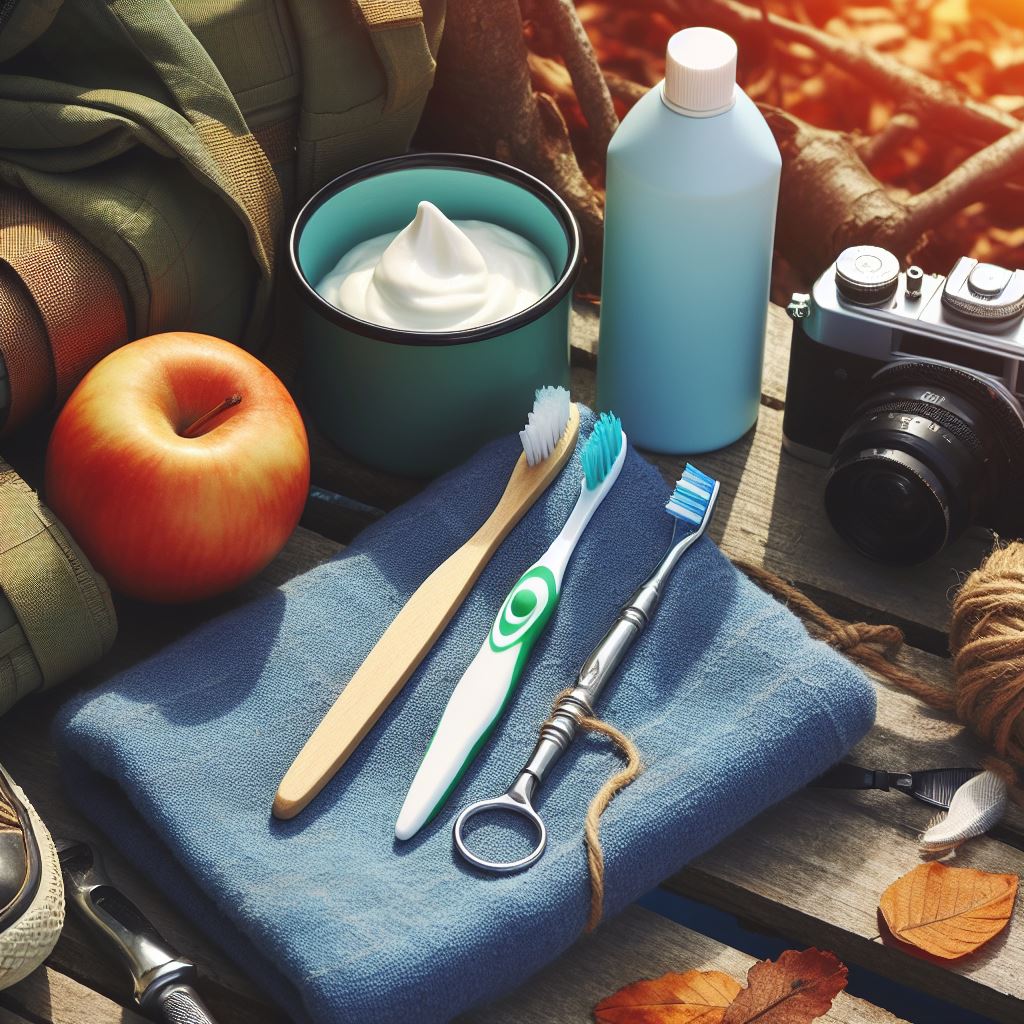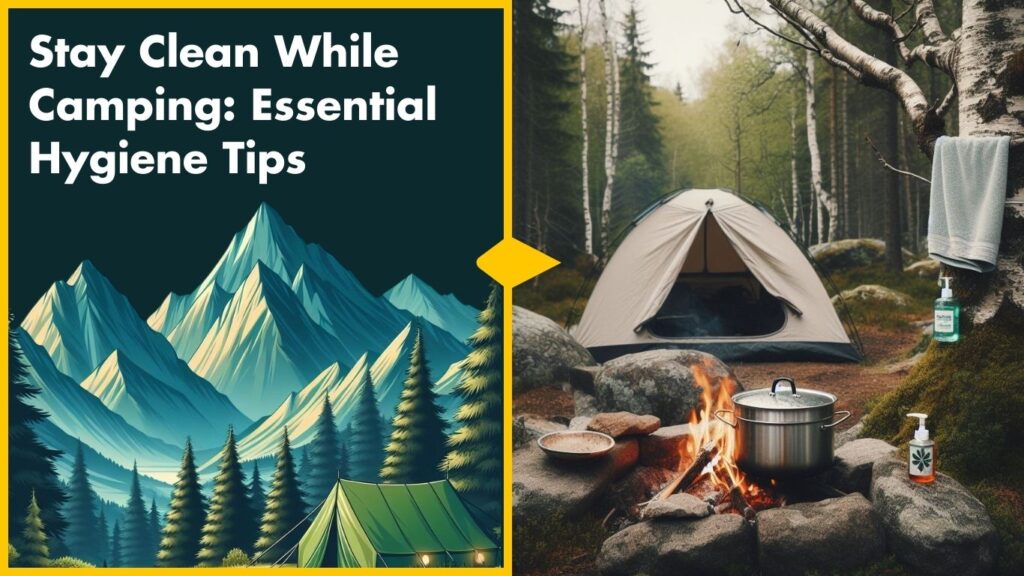Camping can be one of the most rewarding and enjoyable experiences you will ever have. It’s a great way to connect with nature, but staying clean in the wilderness can feel overwhelming if you’re new to it. Far from showers and sinks, keeping up with personal hygiene while camping might seem tricky.
After years of pitching tents in places like Shenandoah and Great Smoky Mountains National Park, I’ve learned simple, eco-friendly hygiene routines that don’t require a ton of gear. Guided by the Leave No Trace Center for Outdoor Ethics, these beginner-friendly tips will help you stay fresh, healthy, and kind to the environment. Ready to discover how to stay clean while camping? Let’s dive in!
Why Staying Clean Matters for New Campers
Skipping hygiene while camping can mess up your trip. You might get an itchy rash or a stomach bug, as the Centers for Disease Control and Prevention (CDC) warns. I learned this on my first hike when sweat left me with a rash I could’ve avoided. Staying clean also keeps bears away, since body smells attract them, per the National Park Service (NPS). On early trips, I found a quick wash after a dusty trail boosted my mood. Cleaning up right protects nature for others, too.
Good hygiene isn’t just about feeling great. It stops health problems and respects the wilderness. These simple habits make your camping adventure safer and more fun, following Leave No Trace rules.
Choose a Campsite That Keeps You Clean
Your campsite choice makes staying clean easier. In Shenandoah, a good spot simplified washing up. I found the same in Texas’ Palo Duro Canyon, where a dry, flat site was perfect for beginners near home. Pick a spot 200 feet from ponds, animal paths, or thick bushes, as the NPS says, to dodge bugs and protect water. I camped near a still lake once and got mosquito bites—big mistake. A flat, dry area stops water pooling by your tent, keeping gear clean. Shade helped in humid Great Smoky Mountains, keeping my soap and towel cool.
Check park rules before setting up. Some parks ban washing near streams to save nature. A smart campsite makes hygiene a breeze, setting you up for a great trip. For gear ideas, see my expert hygiene guide.
Pack Smart with Basic Hygiene Gear
You don’t need a heavy pack to stay clean as a new camper. My trips taught me to carry a few key items. Biodegradable soap, made from plant-based ingredients. Unlike regular soaps, biodegradable soap ingredients are easily broken down in the environment. Cleans your hands or body without hurting rivers, as the Environmental Protection Agency (EPA) notes. I use a small bottle, and a drop does the job. You can find it at stores like REI or Walmart, perfect for your first camping trip. A microfiber towel soaks up water fast and dries quick, great for washing up. It was a lifesaver on a rainy Olympic National Park trip.

Bring a regular toothbrush and nature-friendly toothpaste, stored in a sealed bag, since bears like mint smells, per NPS tips. Wet wipes that break down naturally are handy when water’s low, cleaning your body or spoons. Hand sanitizer with 60% alcohol kills germs fast, like before eating. If you get periods, pack tampons, pads, or a menstrual cup, sealing waste in bags to carry out. Skip smelly deodorants, which draw bugs. This light kit keeps you clean without slowing you down.

Use Water Wisely for Cleanliness
Water keeps you clean and hydrated. In dry Joshua Tree, I stretched every drop. Purification tablets make stream water safe for drinking or washing. I used them on a desert hike to save bottled water. When water’s scarce, hand sanitizer is a quick way to cleans hands before meals or after bathroom breaks. A reusable water bottle lets me rinse my mouth after brushing or wash my face.
Drinking 2–3 liters of water a day, as the CDC suggests, keeps you hydrated and your skin healthy. Smart water use means you stay fresh and clean with a simple camp setup. It’s a small effort that makes your trip feel better and keeps you ready for adventure.
Simple Bathing Tricks for the Woods
Bathing without a shower is easier than it sounds. My hikes with little water showed me how to stay fresh. A bucket bath works great for car camping. I fill a foldable bucket with 1–2 liters of water, mix in a drop of biodegradable soap, and wipe down with a microfiber towel, hitting sweaty spots like armpits and feet. A rinse with clean water feels amazing, like in Shenandoah after a hot day. At ADA-compliant sites, like those in Yosemite, wet wipes are handy for easy cleaning without a shower setup.
When I’m backpacking or water’s scarce, wet wipes save the day. I clean armpits, groin, and feet, then seal used wipes in a bag to carry out. They kept me feeling good in dry Death Valley. Wash 200 feet from lakes or streams, as Leave No Trace rules say, to keep water clean. These methods show you can stay fresh anywhere, boosting your camp vibes with little work.
Bucket Bath Steps
- Fill a foldable bucket with 1–2 liters of water.
- Add a drop of nature-friendly soap and stir.
- Wipe down with a microfiber towel, hitting armpits, groin, and feet.
- Rinse with clean water from your bottle.
- Pour soapy water 200 feet from streams.
Wet Wipes Steps
- Use nature-friendly wipes on sweaty areas.
- Hit armpits, groin, and feet for a fast clean.
- Seal used wipes in a bag to carry out.
Bathroom Habits to Keep Nature Clean
Going to the bathroom in the wild feels odd at first, but it’s simple with once you know how. My backcountry trips got this down pat. When I need to go, I take a trowel and dig a cat hole 6–8 inches deep, 200 feet from water, trails, or my tent. After, I cover it with dirt, leaving no sign, as the Leave No Trace Center says. This keeps the ground clean and safe. I use biodegradable toilet paper or wipes, packing them out in a sealed bag. In Yosemite, this kept my campsite spotless and safe from wildlife.
If digging feels tricky, try it in your backyard first, like I did before my first trip. It made me more confident in the woods. These habits let you handle bathroom needs without harming the nature you love, keeping your camp experience clean and respectful.
Cat Hole Steps
- Dig a 6–8-inch deep hole, 200 feet from water or trails.
- Use the hole, then cover with dirt.
- Pack out nature-friendly toilet paper in a bag.
Foot Care to Keep Hiking Fun
Your feet take a beating camping, and neglecting them means blisters or soreness. My Adirondacks hikes taught me how to keep feet happy. I swap into clean, dry socks twice a day and air out my shoes during breaks to cut down on sweat, as the American Hiking Society says. This stops blisters from forming. In rainy Washington, I pack extra socks to keep feet dry. In hot Arizona, I use more wipes to stay fresh. I sprinkle foot powder in my shoes to soak up moisture and smell, a trick that worked in humid Florida. On tough trails, I wear thin liner socks under wool ones to reduce rubbing, keeping my feet comfy on long walks.
These steps made a multi-day trek feel great, letting me enjoy the views. Caring for your feet means you’ll hike longer and love every moment in the outdoors.
Clothing Tips to Stay Fresh
Clean clothes make camping feel better, especially after sweating or rain. In chilly Yellowstone, I learned how to keep my gear fresh. I wear moisture-wicking base layers, like synthetic or Merino wool, to pull sweat off my skin, staying dry and less smelly. Humid Florida taught me to air out clothes twice daily to avoid musty smells. If clothes get wet, I swap them to avoid colds, a must after a damp hike. For a quick clean, I put a shirt or socks in a resealable bag with water and a drop of biodegradable soap, shake it, rinse, and hang on a branch. This revived my clothes in the Cascades.
I hang damp clothes during the day to air out, letting fresh air kill smells. I pack one extra base layer to switch out, keeping my bag light. These tricks keep you fresh, even on long camping trips.
DIY Clothing Wash Steps
- Put a shirt or socks in a resealable bag.
- Add water and a drop of biodegradable soap.
- Shake for 1–2 minutes, then rinse.
- Hang on a branch to dry.
Hygiene for Other Outdoor Fun
Camping hygiene works for hiking or fishing, too, great for “outdoor hygiene” needs. On hikes, I rinse hands with my water bottle after snacks to avoid sticky fingers, then use a wet wipe for a face clean after a sweaty trail. In urban parks like New Jersey’s Liberty State Park, these tricks keep day trips fresh. When fishing, I clean fish 200 feet from water, scrubbing hands and tools with biodegradable soap, per NPS rules. For short outings, I carry a small kit with wipes, sanitizer, and a toothbrush to stay fresh without a camp.
These habits make any outdoor day cleaner and more fun, showing how easy it is to stay fresh beyond the campsite. They keep you ready for adventure, no matter where you roam.
Clean Up Trash to Protect Nature
Leaving no trace means cleaning up right. My Grand Tetons trip showed why this matters. I seal all trash—food bits, wipes, period products—in a bag and pack it out to keep animals safe, as the EPA says. I use campground bins or take waste home if none are around. Use a menstrual cup to make less trash, cleaning and packing it out easily on long trips. I label a “trash” bag to avoid mixing with clean gear, saving me from messes.
By cleaning up well, you keep the outdoors beautiful for others, living up to Leave No Trace standards. It’s a small step that makes a big difference for nature.
FAQs On Personal Hygiene While Camping:
Wrap-Up: Camp Clean and Confident
Staying clean while camping is simpler than you think. With bucket baths, cat holes, and these easy tips, you’ll feel fresh and care for nature. My trips, backed by CDC, NPS, and Leave No Trace advice, show how it’s done. Want gear or cool hacks? See my expert hygiene guide. Ready for a clean camping trip? Share your tips in the comments or sign up for weekly outdoor ideas!
